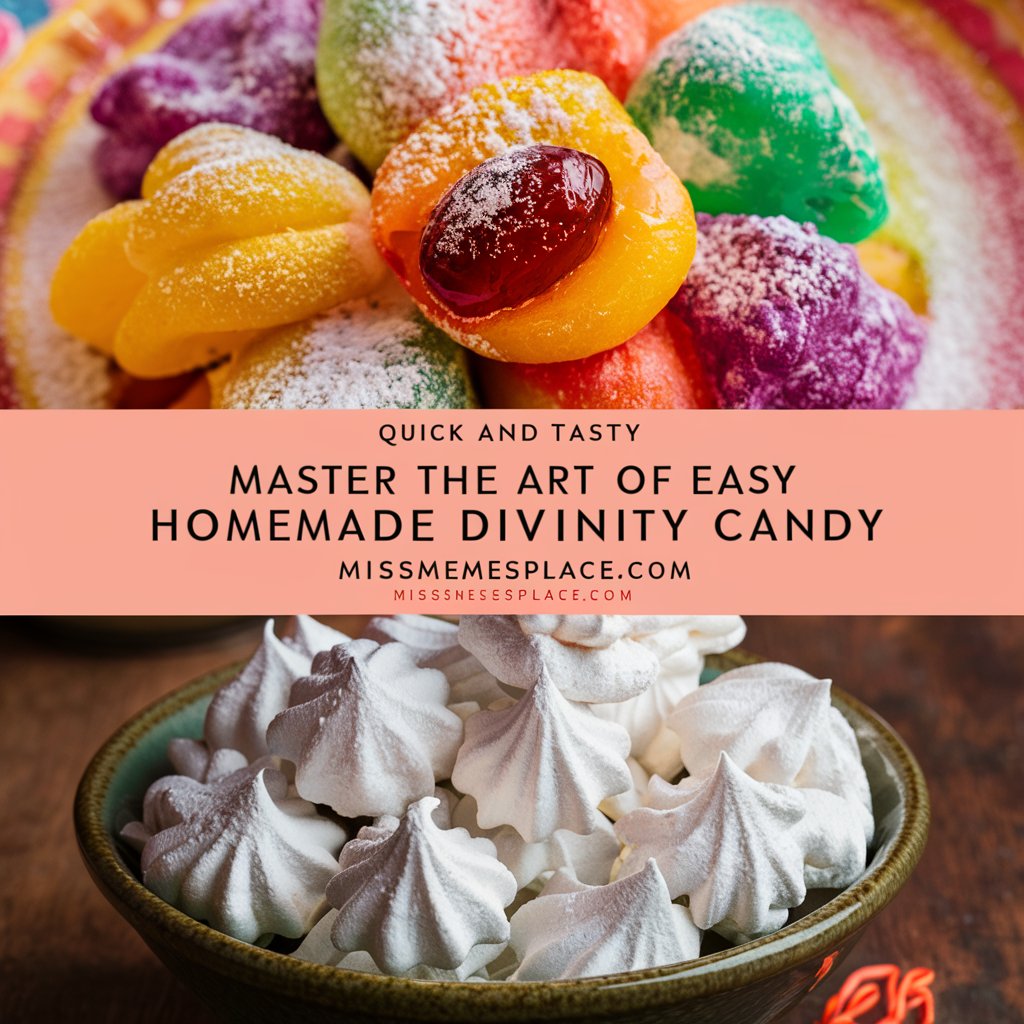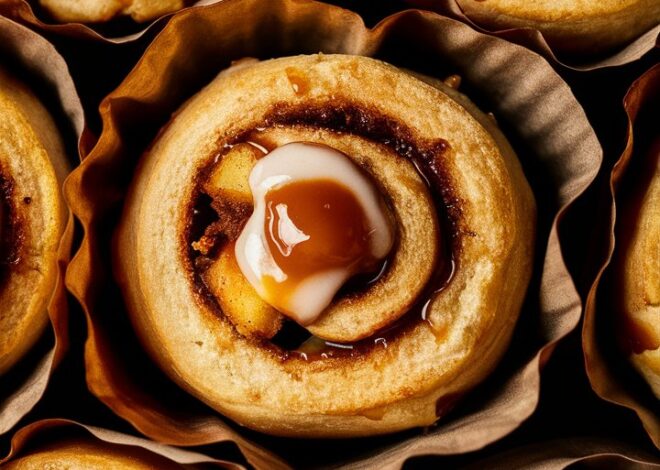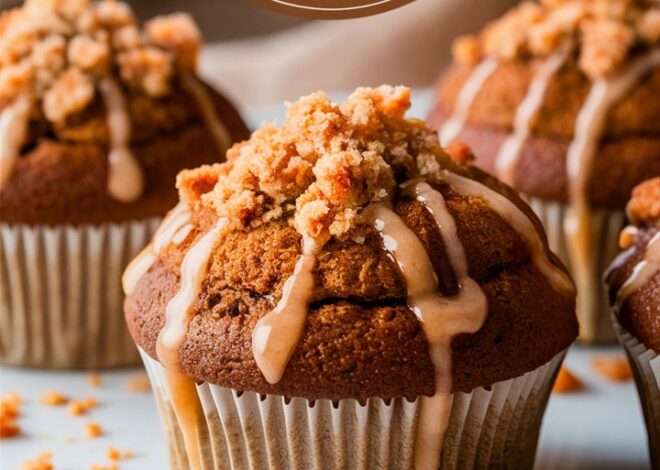
Make Classic Divinity Candy at Home Without Any Candy Shop Tricks2025
In a world of ever-evolving desserts, some classics remain eternal. One such timeless treasure is divinity candy—a soft, airy confection that whispers nostalgia with every bite. For generations, this delicate sweet has graced Southern dessert tables, especially during the holidays. Its snowy white hue and cloud-like texture make it a treat that’s as beautiful as it is delicious.
But divinity isn’t just a holiday relic. It’s a symbol of warmth, family, and the simple joy of homemade candy. This guide goes beyond just a recipe. Whether you’re a first-time candy maker or a seasoned baker reviving an old favorite, you’ll learn every step, tip, and secret to creating foolproof divinity candy at home.
Table of Contents
- What Is Divinity Candy?
- History & Origin of Divinity
- Ingredients You’ll Need
- Essential Tools and Equipment
- Step-by-Step Instructions (With Tips)
- Flavor Variations and Add-Ins
- Pro Tips for Perfect Divinity Every Time
- Common Mistakes to Avoid
- Storing and Gifting Divinity Candy
- Nutrition Information
- Frequently Asked Questions (FAQs)
- Final Thoughts
1. What Is Divinity Candy?
Divinity candy is a classic Southern nougat-style confection made by beating a hot sugar syrup into stiff egg whites until the mixture becomes airy and firm. It’s sweet, soft, and melt-in-the-mouth with a slightly crisp exterior when set correctly. While traditionally white and flavored with vanilla, divinity can also be colored or enhanced with flavors like peppermint, almond, or lemon.
The candy gets its poetic name from people exclaiming “It’s divine!” upon tasting it. And truly, if you’ve ever had a properly made piece of divinity, you know the name fits.
2. A Brief History of Divinity Candy
The origins of divinity trace back to the early 1900s in the United States, particularly in Southern kitchens. While nougat-like candies existed earlier in Europe, divinity emerged as an American innovation—simpler, lighter, and made with accessible pantry staples.
The candy surged in popularity during the 1930s and 40s when corn syrup became a common household item. It was especially popular during the holidays, as families gathered to make large batches to gift, share, and savor.
Even today, divinity remains a sentimental favorite in many families, passed down through handwritten recipe cards and cherished memories.
3. Ingredients for Homemade Divinity Candy
The beauty of divinity lies in its simplicity. You don’t need fancy ingredients—just a few staples that combine into magic:
Basic Ingredients
- 2 ½ cups granulated sugar
- ½ cup light corn syrup
- ½ cup water
- 2 large egg whites, room temperature
- 1 teaspoon pure vanilla extract
- Pinch of salt
Optional Add-ins
- ½ cup chopped pecans (for crunch and tradition)
- ½ cup crushed peppermint candies (for a festive twist)
- Food coloring (for themed batches like red-and-white for Christmas or pastel for Easter)
4. Essential Tools and Equipment
While the recipe is straightforward, having the right tools can be the difference between divine success and sticky failure:
- Candy thermometer: Essential for reaching the correct syrup temperature (260°F / hard-ball stage).
- Stand mixer or hand mixer: To whip the egg whites and incorporate the hot syrup.
- Heavy-bottomed saucepan: For even heat distribution while making the syrup.
- Heatproof spatula or spoon: For stirring.
- Wax paper or parchment paper: For dropping and cooling the candy.
- Spoons: Two standard spoons to scoop and shape the candy mounds.
5. Step-by-Step Instructions: Making Perfect Divinity
Step 1: Prepare Your Workstation
- Line a baking sheet with wax or parchment paper.
- Pre-measure all ingredients.
- Crush peppermint or chop pecans now if using.
Pro Tip: Divinity sets quickly—have everything ready before you start heating the syrup.
Step 2: Make the Sugar Syrup
- Combine sugar, corn syrup, and water in a medium saucepan.
- Stir gently just to dissolve the sugar.
- Attach a candy thermometer and heat over medium heat without stirring until it reaches 260°F (hard-ball stage). This may take 10–15 minutes.
Step 3: Whip the Egg Whites
While the syrup is cooking:
- Beat the egg whites with a pinch of salt on high speed until stiff peaks form.
- They should hold their shape when the beater is lifted.
Step 4: Add Syrup to Egg Whites
- Once the syrup hits 260°F, remove it from the heat.
- With the mixer running on medium speed, slowly pour the syrup in a thin, steady stream into the egg whites. Be very careful—this syrup is dangerously hot.
Step 5: Beat Until Glossy and Thick
- Once all syrup is added, increase the mixer speed to high.
- Beat for 8–10 minutes or until the mixture becomes very thick, glossy, and slightly dull. It should hold its shape and not slide off the spoon.
Step 6: Add Flavor and Color
- Mix in vanilla extract.
- Add food coloring if desired (a few drops go a long way).
- Quickly fold in peppermint or pecans if using.
Step 7: Drop and Set
- Use two spoons to scoop and drop candy mounds onto your prepared sheet.
- Let them sit at room temperature for several hours until fully set and dry.
❗ Avoid refrigeration — humidity can ruin the texture.
6. Flavor Variations and Creative Add-Ins
Get creative with divinity! Here are some ideas for flavor and texture enhancements:
| Flavor | Ingredient |
|---|---|
| Peppermint | ½ tsp peppermint extract + crushed mints |
| Almond | ½ tsp almond extract + slivered almonds |
| Maple | 1 tsp maple flavoring + chopped walnuts |
| Lemon | ½ tsp lemon extract + zest |
| Chocolate Chip | Mini chips folded in just before setting |
7. Pro Tips for Flawless Divinity
- Always use a thermometer for accurate syrup temperature.
- Room temperature egg whites whip better.
- Do not make on humid days—divinity won’t set right.
- Beat long enough—if it’s too soft, it hasn’t been mixed enough.
- Add syrup slowly—dumping it all in will deflate the whites.
8. Common Mistakes and How to Avoid Them
| Mistake | Problem | Solution |
|---|---|---|
| Syrup under 260°F | Candy won’t set | Use a reliable thermometer |
| Overbeating | Dry and crumbly texture | Stop when mixture becomes dull and stiff |
| Stirring syrup while boiling | Crystallization | Don’t stir once boiling starts |
| Using cold eggs | Weak foam | Use room temperature eggs |
| Making on rainy days | Sticky results | Make on low-humidity days only |
9. Storing and Gifting Divinity Candy
Storage Tips
- Let candy cool and harden fully before storing.
- Place in an airtight container with parchment between layers.
- Store at room temperature in a cool, dry place.
- Avoid fridge or freezer—moisture ruins the texture.
Shelf Life: Up to 2 weeks when properly stored.
Gifting Ideas
- Place in decorative tins lined with tissue paper.
- Wrap individual pieces in wax paper twists.
- Add to a homemade holiday candy platter.
10. Nutrition Information (Per Piece)
| Nutrient | Approximate Value |
|---|---|
| Calories | 95–105 |
| Sugar | 25g |
| Carbs | 26g |
| Fat | 0g |
| Protein | 0g |
| Cholesterol | 0mg |
| Sodium | 5mg |
Values may vary based on add-ins like nuts or candy pieces.
11. Frequently Asked Questions (FAQs)
Q: Why is my divinity sticky?
It was likely made on a humid day or the syrup didn’t reach 260°F.
Q: Can I make this without a candy thermometer?
You can try the hard-ball stage test (drop syrup in cold water—it should form a firm ball), but a thermometer is far more accurate.
Q: Can I use honey instead of corn syrup?
Not recommended. Honey alters the moisture and flavor. Corn syrup prevents crystallization.
Q: Can I freeze divinity?
No. Freezing causes texture changes. Always store in a dry, airtight container.
Q: Can I double the recipe?
Yes, but only if using a powerful stand mixer. Doubling can overwork hand mixers and reduce air incorporation.
12. Final Thoughts: A Candy Worth Mastering
Divinity candy may seem old-fashioned, but its charm never fades. It brings together the science of candy-making with the warmth of tradition. Whether you’re carrying on a family legacy or starting a new one, this melt-in-your-mouth confection will become a staple in your holiday (and everyday) treats.
With this comprehensive guide, you now have everything you need to confidently make divinity candy from scratch — no candy shop required.


